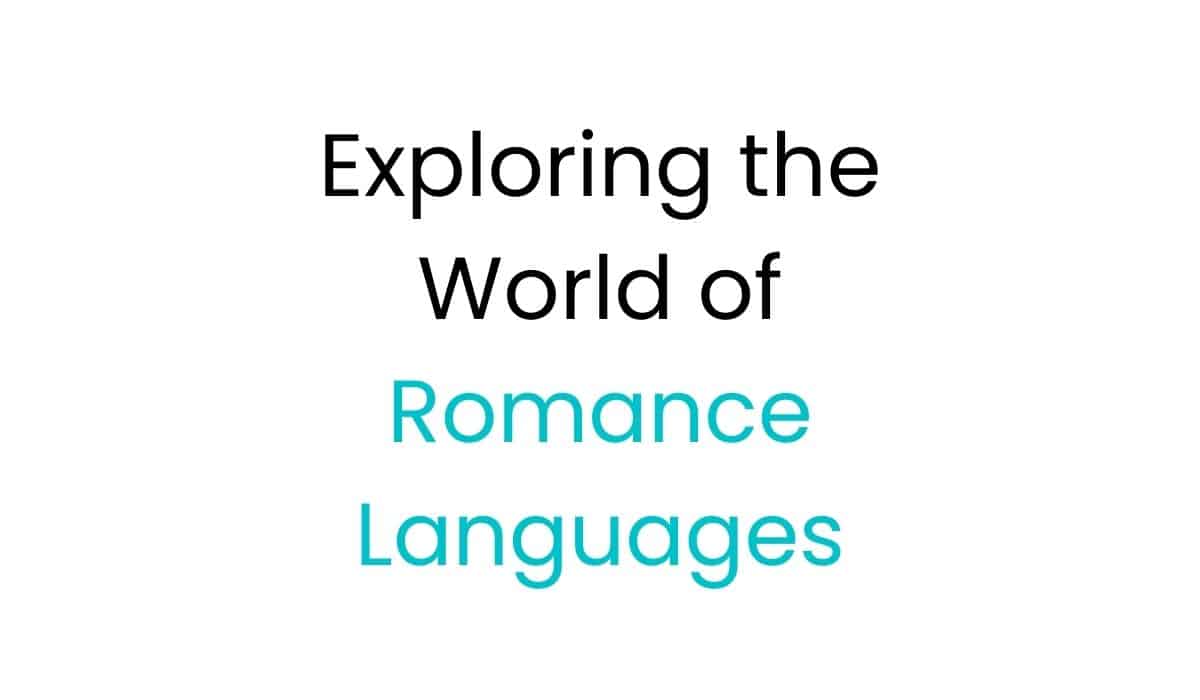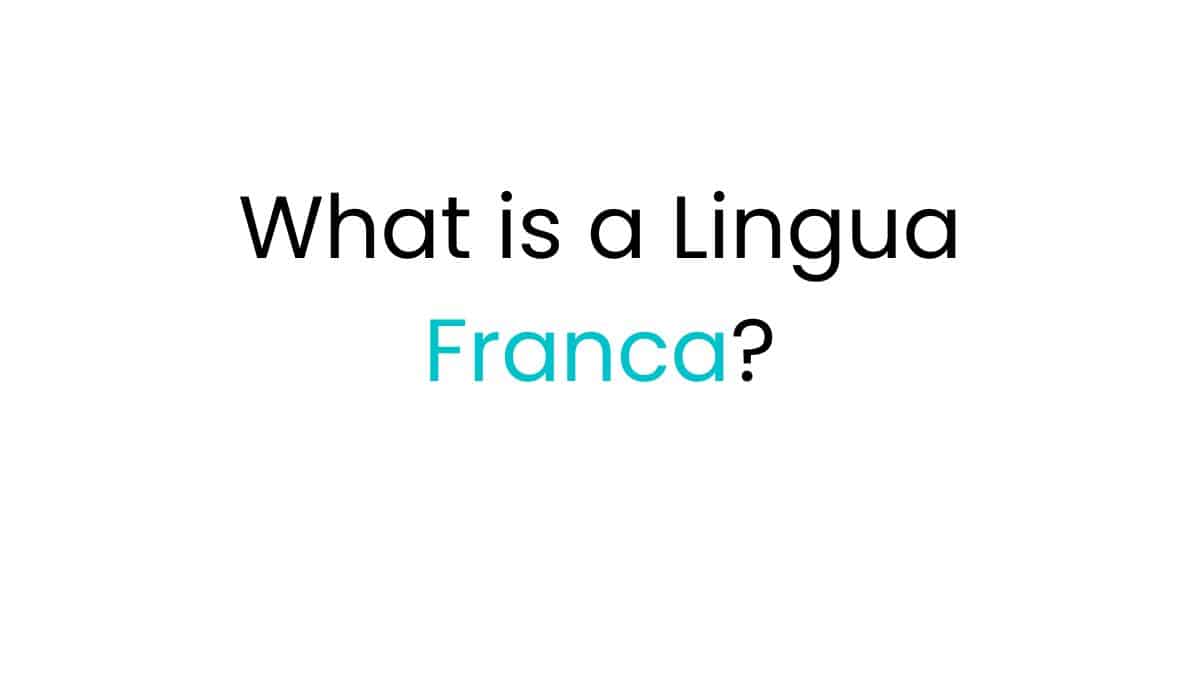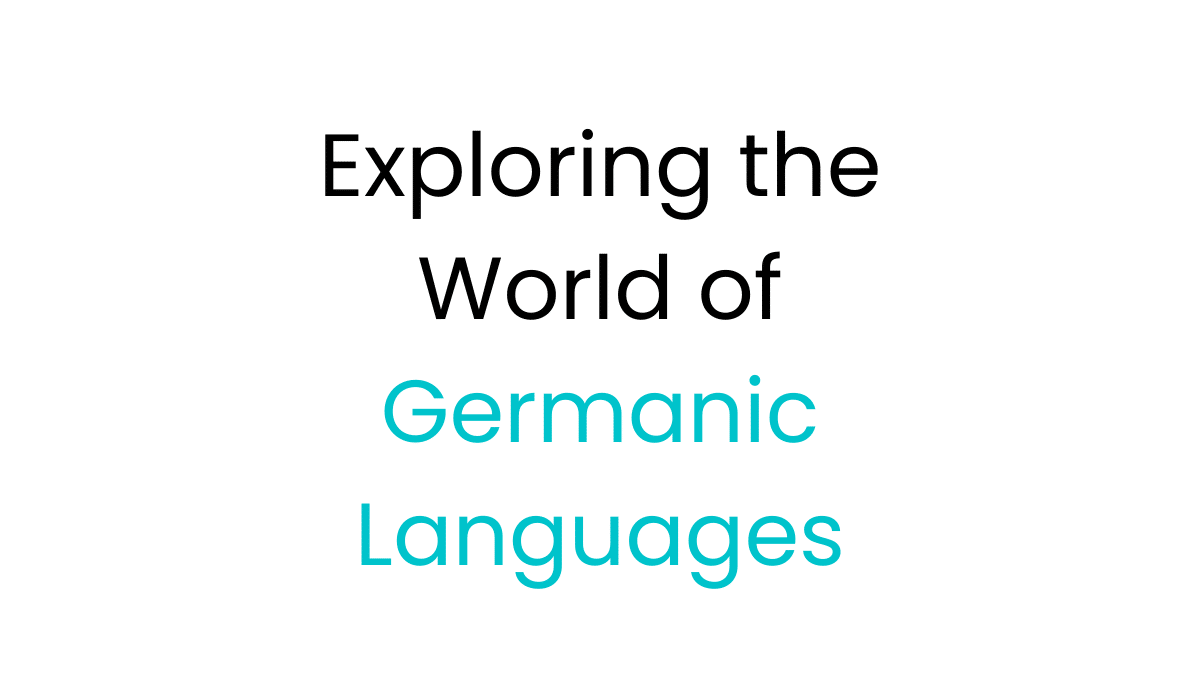Ever heard of a language made to unite the world? Meet Esperanto, a special language created in 1887 by Dr. L.L. Zamenhof. It’s designed to be simple to learn and to help people communicate better across the globe. But what makes Esperanto so interesting to so many people?
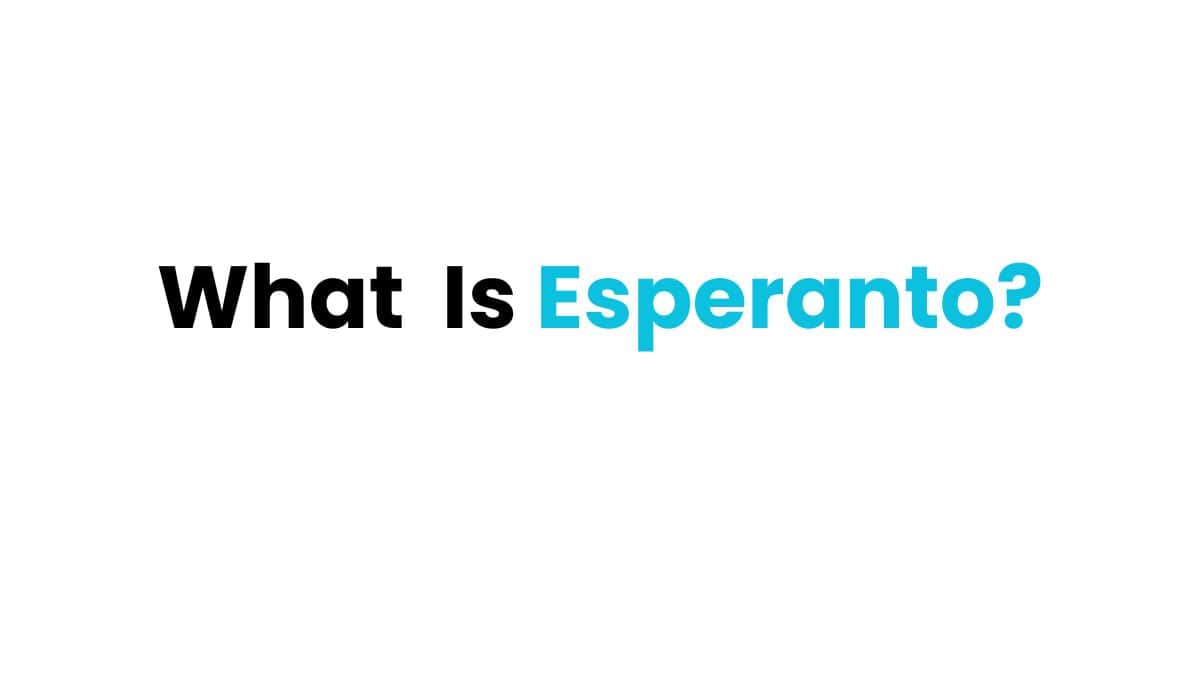
Key Takeaways
- Esperanto is a constructed international auxiliary language created by Dr. L.L. Zamenhof in 1887.
- Esperanto’s vocabulary, syntax, and semantics derive predominantly from Romance languages, with elements from Germanic, Greek, and Slavic languages.
- The language features an extensive system of derivation, allowing for effective communication with a smaller set of words.
- Esperanto is known for its easy grammar and lack of irregular verbs, making it a highly accessible language to learn.
- Esperanto has a global community of speakers and is actively used in various sectors, including literature, education, and online platforms.
- Key Takeaways
- Origins and Creation of Esperanto
- Purpose and Goals of Esperanto
- Early Adoption and Spread
- Vocabulary and Grammar Rules
- Akademio de Esperanto
- Esperanto and the Internet
- Duolingo and Language Learning Apps
- What is Esperanto?
- Who created Esperanto?
- What was the purpose and goals of Esperanto?
- What are the key features of the Esperanto language?
- How many Esperanto speakers are there?
- What are some of the major Esperanto organizations and events?
- What is the status of Esperanto literature and culture?
- How has Esperanto fared in the digital age?
- What are some of the criticisms and challenges Esperanto has faced?
- What is the future outlook for Esperanto?
What is Esperanto
Esperanto is a language made in the late 19th century by Ludwik Zamenhof, a Polish ophthalmologist. He wanted a simple language for everyone to use. This language would help people from different countries talk to each other easily.
Origins and Creation of Esperanto
Zamenhof introduced Esperanto in 1887. It has a clear vocabulary and grammar rules. These rules come from Romance languages and others like Germanic, Greek, and Slavic.
The name “Esperanto” means “one who hopes.” It shows Zamenhof’s dream of Esperanto as a bridge for international language and universal communication.
Purpose and Goals of Esperanto
Zamenhof made Esperanto to make learning languages easier. He wanted to bring people together from different countries. Esperanto is meant to help everyone understand each other better, no matter where they’re from.
History of Esperanto
The story of Esperanto, the world’s most widely spoken constructed language, started with Ludwik Zamenhof. In 1887, he published “Dr. Esperanto’s International Language” (Esperanto: Unua Libro). This book introduced the language to the world under the name “Doktoro Esperanto.” Early fans of the language loved the name Esperanto, which means “one who hopes.” They soon called it the official name.
The Esperanto movement grew fast in the early 1900s. In 1905, Zamenhof released the Fundamento de Esperanto, a guide to the language. That year, the first World Esperanto Congress was held in Boulogne-sur-Mer, France. This annual event has continued ever since.
Early Adoption and Spread
Zamenhof wanted a group to help Esperanto grow. The Akademio de Esperanto was founded for this purpose. Soon, Esperanto became popular in Europe, with people in important jobs speaking it.
By the early 1900s, Esperanto had spread worldwide. It was spoken in many places, including Russia, Eastern Europe, Western Europe, and even in countries like Argentina and Japan. Despite little help from governments, Esperanto has grown slowly but steadily.
The language’s growth shows the hard work and love of its supporters. They have kept the Esperanto movement alive for over a century.
Esperanto Language Basics
Esperanto is a language made to help people talk across the world. It has simple grammar and words from Romance languages. This makes it easy-to-learn, especially for English, German, or Romance language speakers.
Vocabulary and Grammar Rules
Esperanto uses a system to make words from a few basic parts. You can mix prefixes, suffixes, and roots to create new words. This way, it can express many ideas with fewer words.
Its grammar has just 16 simple rules. Unlike many natural languages, Esperanto doesn’t have confusing exceptions. This makes it a constructed language that’s easy-to-learn.
- Nouns always end in “-o”
- Adjectives always end in “-a”
- Verbs have consistent tense endings: “-as” for present, “-is” for past, “-os” for future
- Stress always falls on the penultimate syllable
- Sentence structure follows the Subject-Object-Verb (SOV) pattern
Esperanto’s Esperanto vocabulary and Esperanto grammar rules are simple. This makes it easy for people from different language backgrounds to learn.
Esperanto Usage and Speakers
Esperanto is the most successful made-up language in the world. It has around 1,000 native speakers. More people, between 100,000 to 2 million, speak it well or use it often.
Most Esperanto speakers live in Europe, East Asia, and South America. Countries with big Esperanto communities include the UK, Belgium, Brazil, and the US. Poland, Italy, Germany, France, China, and Japan also have many speakers.
Esperanto has a big global community. Every year, thousands gather for the World Esperanto Congress. People use Esperanto online, in person, and in books, music, and theater.
People learn Esperanto for many reasons. Some want to talk to people all over the world easily. Others like the language itself or use it to learn other languages. Some even dream of world peace through Esperanto.
| Estimated Esperanto Speakers | Significant Esperanto-Speaking Countries |
|---|---|
| 1 to 2 million | United Kingdom Belgium Brazil United States Poland Italy Germany France China Japan |
Esperanto is also big online. Sites like Google and Wikipedia have Esperanto versions. Duolingo has helped over a million people learn Esperanto since 2015.
There are also video courses and platforms like Ekparolu. These make it easier for people to learn and practice Esperanto.
Esperanto Organizations and Events
The Esperanto movement has a strong network of groups and events. The World Esperanto Congress is a key event, held every year since 1905. It was skipped only during World Wars and the 2020 pandemic.
The first World Esperanto Congress was in Boulogne-sur-Mer, France. Ludwik Lejzer Zamenhof, Esperanto’s creator, was there. Today, it attracts over 2,000 people, with a record of 6,000.
Akademio de Esperanto
The Akademio de Esperanto is vital in the Esperanto world. Zamenhof suggested it at the first congress. It’s like the Académie Française, ensuring Esperanto’s growth and quality.
In the U.S., Esperanto-USA, or the Esperanto League of North America (ELNA), has promoted Esperanto since 1952. It’s a 501(c)(3) charity, led by a board and supported by members.
- Esperanto-USA hosts the American Good Film Festival, featuring Esperanto short films.
- Their newsletter, Usona Esperantisto, shares news, events, and updates.
- They work with global Esperanto groups to spread the language.
Esperanto’s global community and rich history show its strength. It’s a language that connects people and promotes cultural exchange worldwide.
Esperanto Literature and Culture
Esperanto, a language created in the late 19th century, has grown rich in literature and culture. It has inspired many creative works, from poetry to novels. Famous Esperanto writers like William Auld, Julio Baghy, and Kálmán Kalocsay have enriched Esperanto literature.
The Esperanto culture is known for its unique traditions and celebrations. A key event is Zamenhof Day on December 15th, honoring L.L. Zamenhof, the language’s creator. The community also uses Esperanto profanity and slang, showing the language’s growth and versatility.
The Esperanto poetry scene is lively, with many talented poets exploring different themes. The Universal Esperanto Association has a large book service with over 4,000 titles, including 130 novels in Esperanto. Two major magazines, Literatura Foiro and Beletra Almanako, offer a platform for writers to share their work.
| Notable Esperanto Authors | Contributions to Esperanto Literature |
|---|---|
| William Auld | Renowned for his poetry and translations |
| Julio Baghy | Pioneered the use of Esperanto in drama and prose |
| Kálmán Kalocsay | Considered one of the greatest Esperanto poets |
The Esperanto culture is vibrant, with a global community of 1,000 Esperanto-speaking families. The language thrives online, with many speakers using the internet to communicate. Platforms like Internacia Televido showcase Esperanto’s digital presence.
“Esperanto has always been weak in the United States, and the Esperanto community has degenerated in membership drastically after 1989, but China may have been the most generous nation in funding Esperanto.”
Esperanto in the Digital Age
The internet and digital tech have given new life to Esperanto. It’s now one of the top languages online, seen on Wikipedia, Google, Facebook, and Duolingo. The Esperanto community, spread all over, uses the internet to talk and work together more easily.
The early internet’s spirit of cooperation matches Esperanto’s goals. Today, young Esperantists use social media and online tools to connect, learn, and share the language.
Esperanto and the Internet
English is still the internet’s main language, but Esperanto has a chance to grow. Words like “drone,” “selfie,” and “emoji” show Esperanto’s potential in the digital world. These terms have become global, making room for Esperanto to grow online.
Duolingo and Language Learning Apps
Duolingo includes Esperanto, showing its growing appeal, especially among the young. As more digital platforms add Esperanto, it will become even more accessible. This could lead to a new era of global communication.
“Esperanto was created over a century ago by L.L. Zamenhof with the aim of becoming a universal language to facilitate communication among people from diverse backgrounds.”
| Statistic | Relevance to Esperanto |
|---|---|
| English Dominance | English remains the dominant language of the internet, presenting challenges for the implementation of a universal digital language like Esperanto. |
| Drone Usage | The word “drone” or “dron” has become a universal descriptor for unmanned aerial vehicles, demonstrating the potential for Esperanto to integrate into the digital landscape. |
| Emoji Adoption | “Emoji” has emerged as a universal language of emotions in digital communication, showing the ability of language constructs to transcend traditional boundaries. |
| Podcast Reach | The term “podcast” represents a convenient way to access audio and video content globally, highlighting the potential for Esperanto to be utilized in various digital media formats. |
| Hashtag Integration | The symbol “#” or “hashtag” has become a unifying element across social media platforms, demonstrating the capacity for Esperanto to be incorporated into emerging digital conventions. |
Criticisms and Challenges Faced by Esperanto
Esperanto, the constructed language, has seen its share of criticism and challenges. It has only about 2 million speakers worldwide, a small number compared to the global population. Some have compared it to Volapük, another failed language, suggesting Esperanto might also fail.
Esperanto has also faced political backlash. Regimes like Stalin’s Soviet Union and Hitler’s Nazi Germany banned it. They saw its ideals of peace and unity as threats. Without government support, Esperanto’s growth has been slow.
- Esperanto has been criticized for its limited number of speakers, estimated at around 2 million globally.
- Critics have compared Esperanto to the failure of previous constructed languages like Volapük.
- Esperanto has faced political persecution, with authoritarian regimes suppressing the language due to its pacifist and internationalist ideals.
- The lack of official recognition and support from governments and international organizations has hindered Esperanto’s widespread adoption.
Despite these hurdles, Esperanto’s fans keep working to promote it. They believe in its benefits, like easier language learning and better communication. The debate about Esperanto’s future continues.
| Criticism | Impact |
|---|---|
| Small speaker base (around 2 million) | Limits the language’s reach and influence |
| Comparison to failed constructed languages like Volapük | Raises doubts about Esperanto’s long-term viability |
| Political persecution by authoritarian regimes | Hinders the language’s growth and spread |
| Lack of official recognition and support | Makes it difficult for Esperanto to gain widespread adoption |
The Future of Esperanto
Esperanto faces challenges but still has a growing community, especially among the young. It’s more accessible online, thanks to platforms like Duolingo. Though it might not dominate the world, it can still help with international understanding and diversity.
The Esperanto community is dedicated to its original goals. It aims to promote peace and build a global community. As technology advances, Esperanto might find new ways to grow and influence.
Esperanto is easy to learn because of its simple grammar. Its vocabulary comes from Latin, Slavic, and Germanic roots. This makes it easier for people from different backgrounds to learn.
Even though Esperanto has few speakers, it’s more accessible than ever online. Efforts to promote diversity and understanding could lead to its growth. The future of Esperanto looks promising.
“Esperanto may never become a globally dominant language, but it can still play a valuable role in promoting international understanding and linguistic diversity.”
The world is getting more connected, and Esperanto can be a cultural bridge. Its community and digital presence show its potential. The growth of Esperanto could inspire language lovers everywhere.
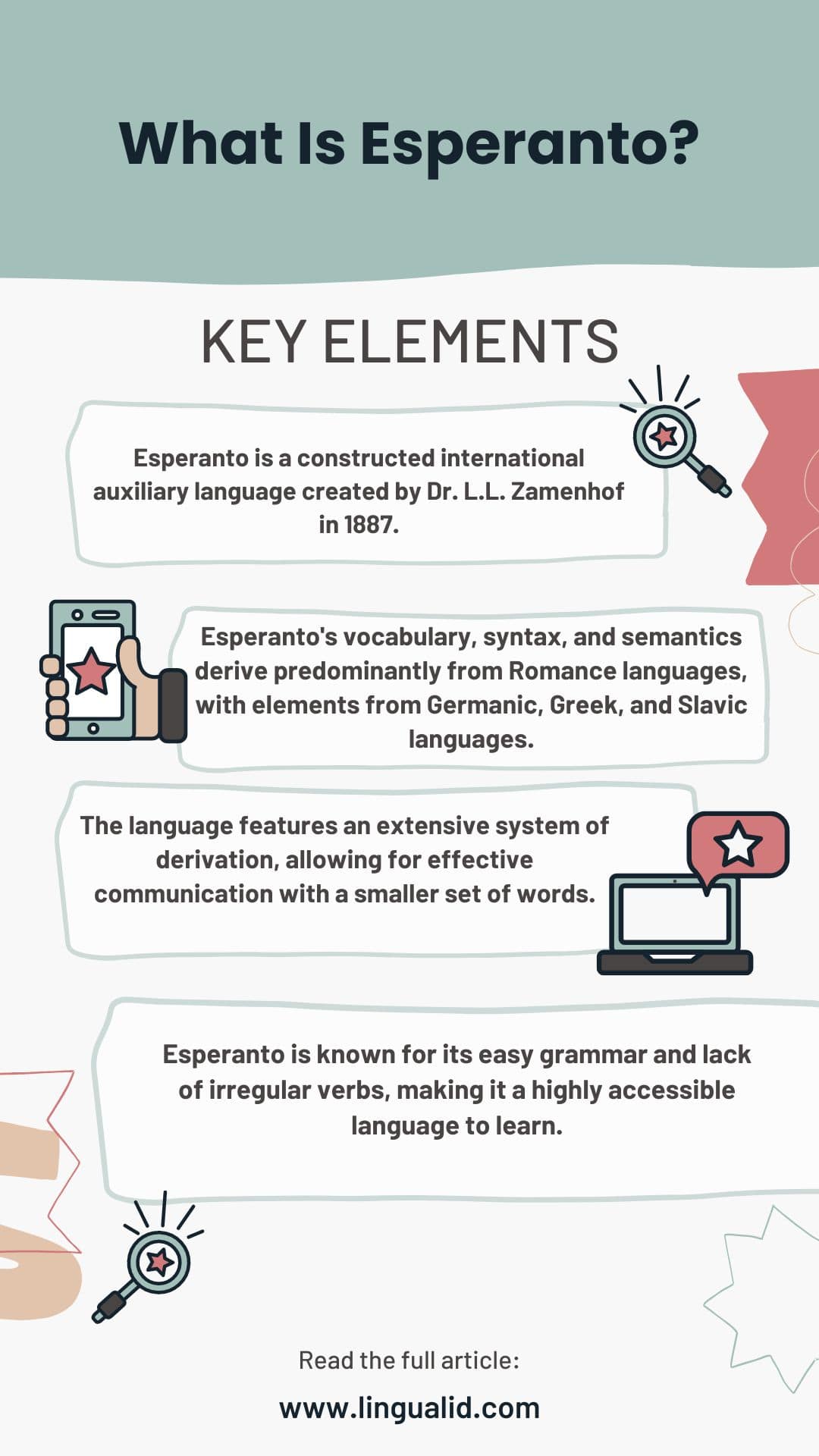
Conclusion
Esperanto, the world’s most spoken constructed language, was made by L. L. Zamenhof in 1887. He wanted to help people talk and understand each other better. Despite some criticism, Esperanto has a strong group of speakers today.
It has simple rules, a big vocabulary, and words from many languages. This makes Esperanto interesting and shows our wish for a common language.
Even though Esperanto won’t be a global language, its fans keep working hard. There are about 2 million people who speak it, with 2,000 who speak it as their first language. The Esperanto community is still active, with events and online groups.
The story of Esperanto is about staying strong, being creative, and wanting to be united through language. Its impact might not be huge, but it still excites people who want to break down language barriers and help the world understand each other better.
FAQ
What is Esperanto?
Esperanto is a language made for global communication. It was created by L. L. Zamenhof in 1887. He wanted to help people understand each other better.
Who created Esperanto?
L. L. Zamenhof, a Jewish ophthalmologist, made Esperanto. He lived in Białystok, then part of the Russian Empire, in the late 1800s.
What was the purpose and goals of Esperanto?
Zamenhof aimed to make a simple language for everyone. He wanted it to help bring peace and understanding worldwide. He hoped it would unite people.
What are the key features of the Esperanto language?
Esperanto is easy to learn and use. It’s based on Romance languages. Its design lets people communicate well with fewer words.
How many Esperanto speakers are there?
About 100,000 people speak Esperanto, according to some estimates. Most are in Europe, East Asia, and South America.
What are some of the major Esperanto organizations and events?
The first World Esperanto Congress was in 1905. It’s held every year, except during wars and the 2020 pandemic. The Akademio de Esperanto also helps the language grow.
What is the status of Esperanto literature and culture?
Esperanto has a rich culture and literature. It has many authors, poems, and plays. The Esperanto community celebrates its own traditions and symbols.
How has Esperanto fared in the digital age?
The internet has helped Esperanto thrive. It’s popular online, on Wikipedia, Google, and apps like Duolingo. This has brought new life to the Esperanto movement.
What are some of the criticisms and challenges Esperanto has faced?
Some see Esperanto as a “failure” because it’s not widely spoken. It has faced persecution and lack of support from governments and organizations.
What is the future outlook for Esperanto?
Esperanto may not be a global language, but it’s still valuable. Its supporters believe it can promote understanding and diversity. The Esperanto community remains dedicated to its goals.
Oualid Cheddadi is the founder of Lingualid, a platform that inspires independent language learners worldwide, regardless of the language they are learning. The name “Lingualid” is derived from the Portuguese word for “language,” “língua,” and the last three letters of Oualid’s name, “Lid.”

